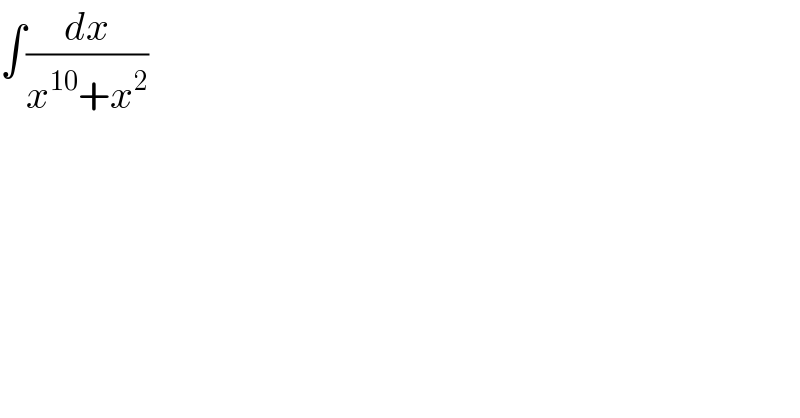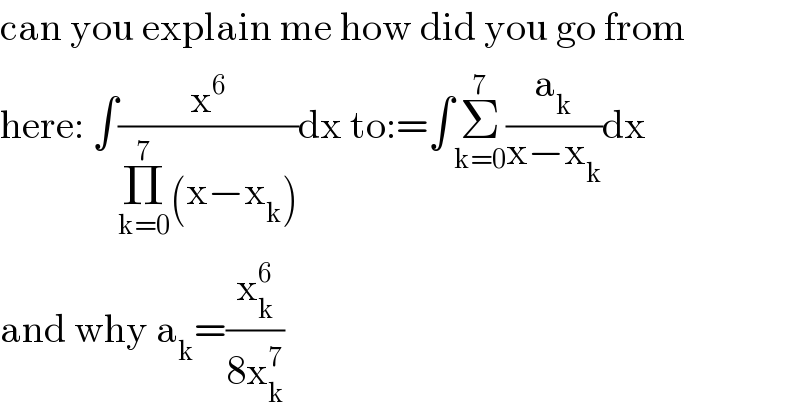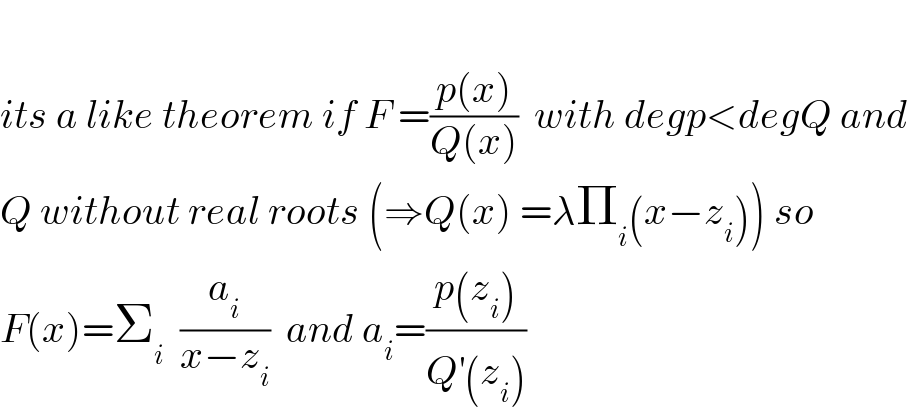
Question and Answers Forum
Question Number 102470 by M±th+et+s last updated on 09/Jul/20

Answered by Ar Brandon last updated on 09/Jul/20

Commented by M±th+et+s last updated on 09/Jul/20

Commented by Ar Brandon last updated on 09/Jul/20
��
Commented by mathmax by abdo last updated on 09/Jul/20

Commented by floor(10²Eta[1]) last updated on 09/Jul/20

Commented by Ar Brandon last updated on 09/Jul/20

Commented by Ar Brandon last updated on 09/Jul/20

Commented by floor(10²Eta[1]) last updated on 09/Jul/20

Commented by Ar Brandon last updated on 09/Jul/20
Thanks for your approval Sir Mathmax. ��
Commented by Ar Brandon last updated on 09/Jul/20
No idea, I don't know where you can find this demo. Maybe a little search on Google might help.��
Commented by mathmax by abdo last updated on 10/Jul/20

